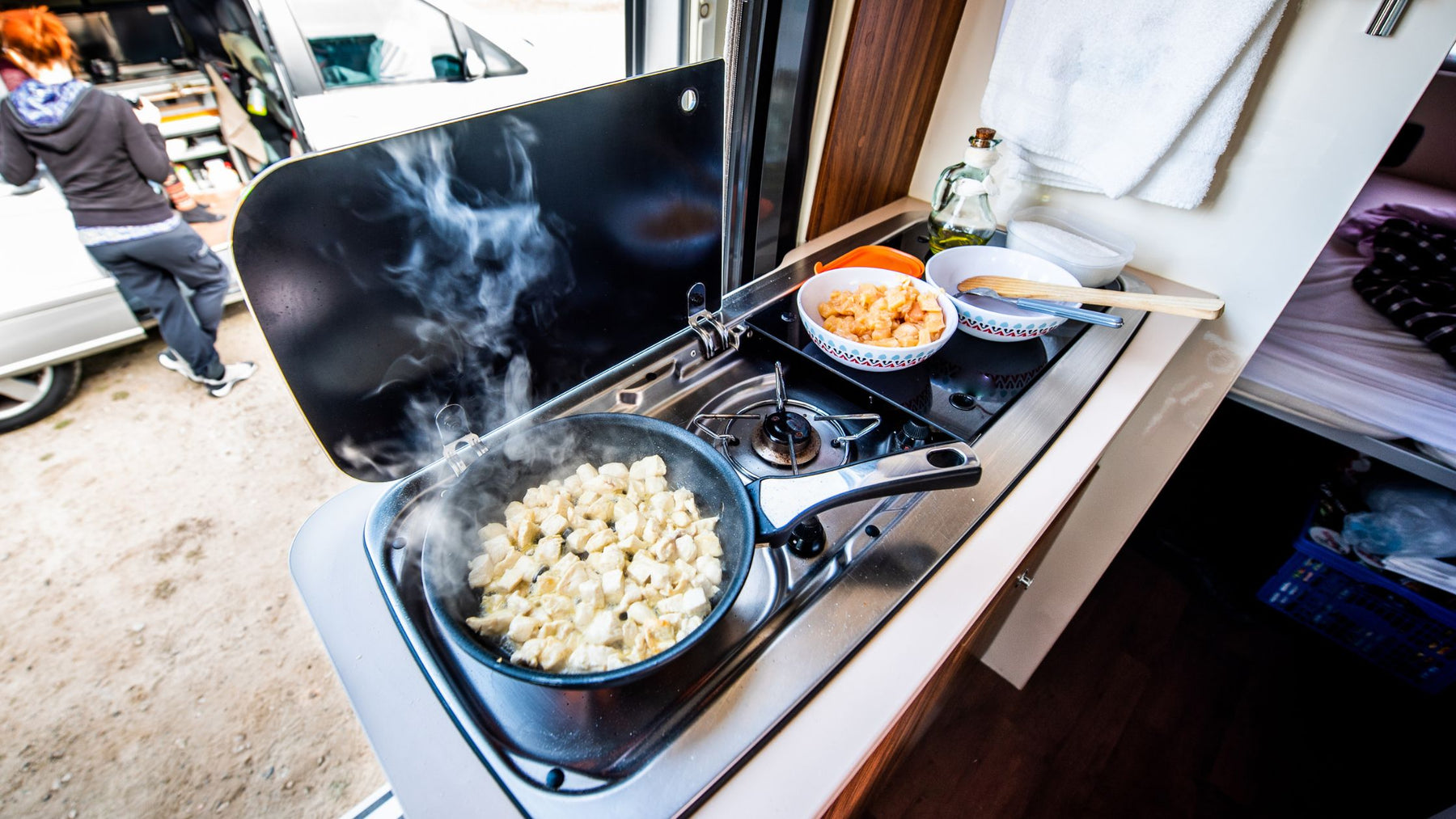
What affects a LiFePO4 battery’s performance?
There are three main factors which impact the performance of a LiFePO4 leisure battery, including temperature, age and the consumption of the battery.
Let's take a detailed look at these factors and how we can mitigate some of the risks to give your LiFePO4 leisure battery an extra long life span...

The temperature of your leisure battery
Whilst we harp on about how perfect LiFePO4 leisure batteries are, there is one thing that does have an impact on them - cold temperatures. You should never charge your LiFePO4 leisure battery at a freezing temperature (0°C).
You shouldn’t store your LiFePO4 batteries in very cold temperatures for extended periods of time as this can have a significant impact on their performance. We strongly suggest your batteries are stored at room temperature when they are not in use.
For many leisure batteries, the amp hour rating stated on them is based on a nominal temperature of 25°C, with each degree lower causing around a 1% drop in performance - not many retailers are transparent about this (good job we’re here to tell you this!).
That's why all Fogstar Drift products come with built-in heating as standard. The UK weather can be somewhat unpredictable, so if you’re planning any off-grid adventures in the middle of winter, or even a Nordic adventure with your trusty leisure battery - you’ve got no fear of the cold damaging the battery.

The age of your leisure battery
If you’ve had your battery for a long period of time you will notice a deterioration in performance. Your battery may not last as long, it may discharge slightly faster than normal or charge slightly slower. This is normally a sign you need a new one.
When we talk about leisure batteries, you’ll notice we talk quite a bit about cycles, and not necessarily about the length of time the battery will last. This is because, depending on how frequently it’s used, your battery could last 10 years or even 15 years.
Because Lithium Iron Phosphate batteries utilise a chemical reaction, battery performance will deteriorate over time even if stored for long periods of time without being regularly used.
You'll know pretty quickly if age is starting to become a factor. If the batteries cannot maintain a charge for long periods of time, even when they are charged correctly, this may indicate it is time to change your battery.

Consumption
Laptops, games consoles, phone chargers - even when we’re off-grid we still like some home comforts. If you’re regularly running a huge number of appliances from your trusty leisure battery, you should absolutely expect it to discharge much faster, therefore requiring charging much sooner. This constant consumption will almost certainly cause the battery to degrade very quickly.
You can mitigate this slightly by increasing the capacity of your battery, or even buying a secondary battery. Ultimately, you need to consider what you’re looking to power, and plan out the amount of capacity you anticipate using whilst on your travels.
When your battery in not in frequent use, we recommend that lithium leisure batteries be charged once every three months to prevent over discharge. This will help to condition the battery.
So, there we have it! There are in fact, very few issues that can impact a LiFePO4 performance, they are after all, one of the more hassle-free options when it comes to leisure batteries.
If you’re considering a Lithium Iron Phosphate (LiFePO4) leisure battery, take a look at the Fogstar Drift range of Leisure batteries.
They’re built with EVE Grade A Prismatic cells, integrated JBD BMS system, built-in Heating, Bluetooth and associated Android and iOS App for external battery management, we’re also the most cost effective LiFePO4 Leisure Batteries you'll find on the market!
